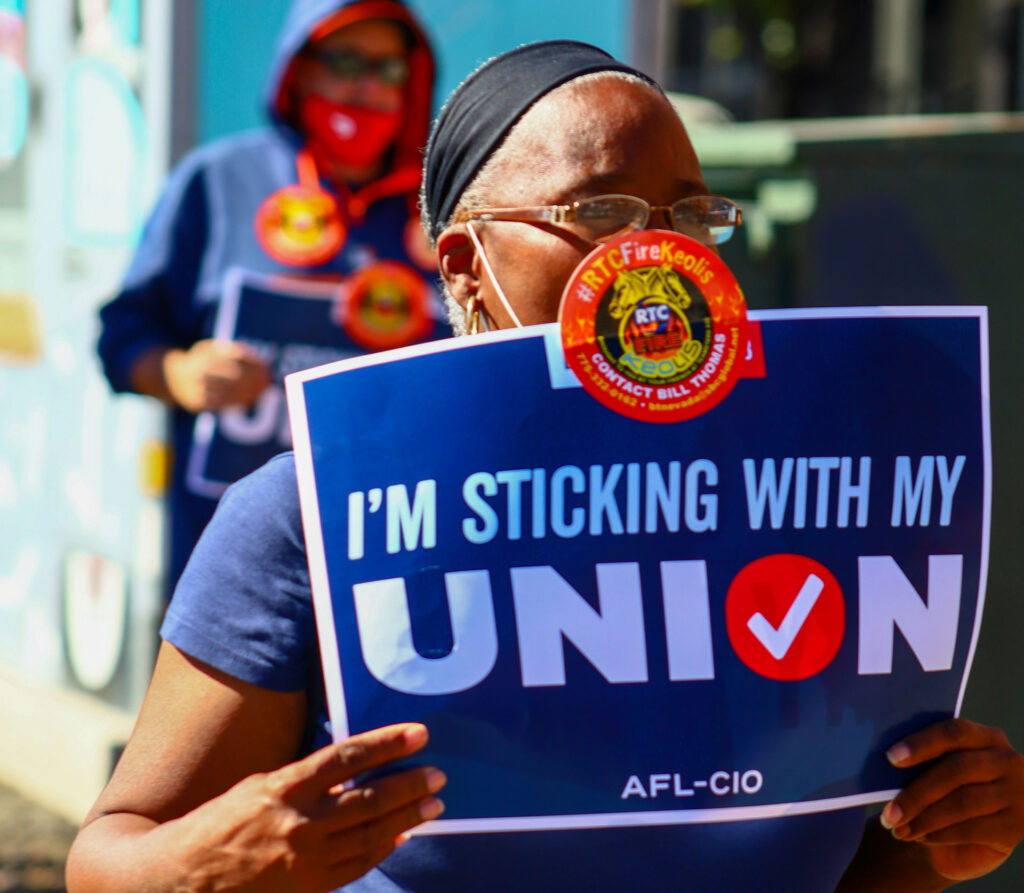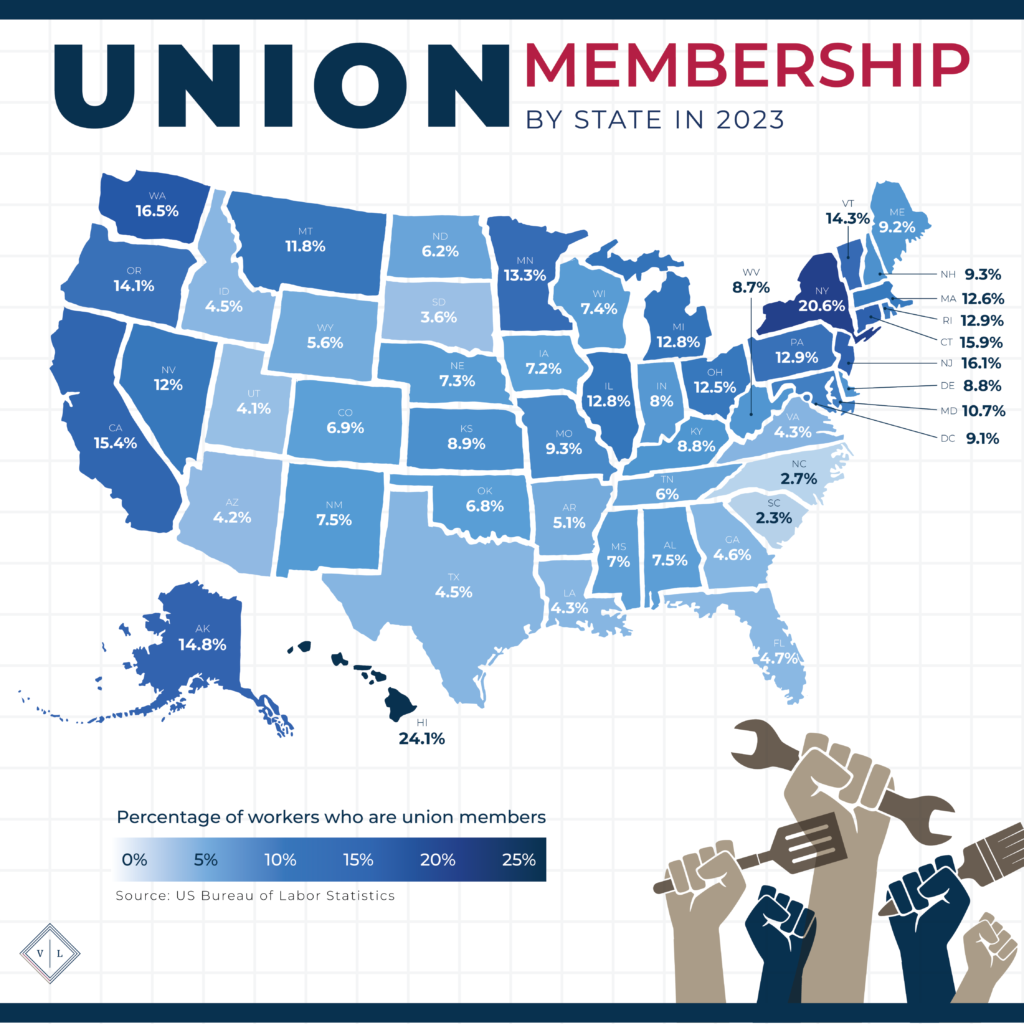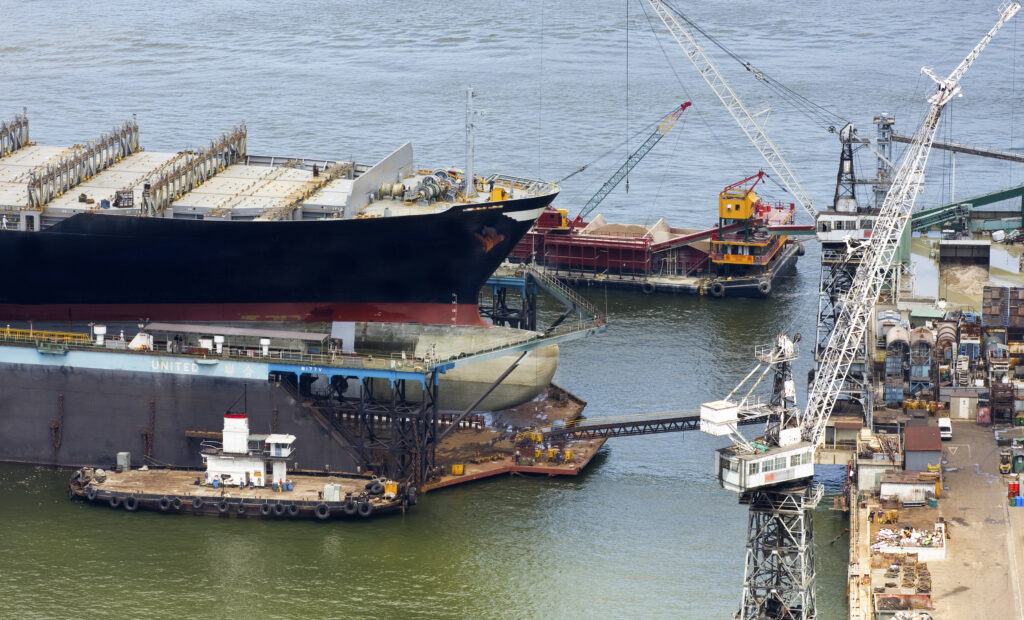America’s Labor unions date back to the formation of our country, tracing its origins back to the Industrial Revolution. In 1794, a group of Philadelphia shoemakers formed the Federal Society of Journeyman Cordwainers, marking the beginning of trade union organization in the states.
Over the decades, labor unions have evolved, becoming more inclusive and instigating change in working conditions and treatment across the public and private sectors. The formation and proliferation of labor unions changed our country’s political, economic, and cultural fabric.
The History and Purpose of the Labor Union
The National Labor Union was founded in Baltimore, Maryland, on August 20, 1866. It was created to mandate an eight-hour workday for federal employees but found it much harder to influence the private sector. As immigrants flooded the country, groups were pitted against each other to keep wages down. The railroad brought on thousands of Chinese workers as replacements for Irish workers who had demanded and won higher wages.
Low pay and horrible working conditions led to work stoppages by the Pullman Railroad Workers and the United Mine Workers. But the government stepped in and put a stop to them. In 1925, A. Philip Randolph began his 12-year fight to gain recognition of the Brotherhood of Sleeping Car Porters by the Pullman Car Company, the AFL, and the U.S. government. It wasn’t until 1937 that he was successful.
In 1881, the Federation of Organized Trades and Labor Unions was formed, and the American Federation of Labor (AFL) was founded five years later. Combined, they forced the creation of the Department of Labor (DOL) in 1913. The Clayton Antitrust Act of 1914 gave workers the right to strike and boycott. This landmark legislation was followed by the Walsh-Healey Public Contracts Act of 1936 and the Fair Labor Standards Acts of 1938, which mandated overtime pay, minimum wage, and basic child labor laws.
From the Civil War through WWI, unions grew exponentially, especially during the Great Depression as trade unions offered much-needed employment and protection. From the merging of the AFL and Congress of Industrial Organizations (CIO) in 1955 to peak union membership in 1979, unions created safety and security for US workers.
The American Federation of Labor and Congress of Industrial Organizations (AFL-CIO)
The AFL was founded by Samuel Gompers in 1886 and, to this day, remains notable for the way it shaped workers’ rights and paved the way for future American labor unions. The AFL is most famous for negotiating wage increases for its members and ensuring workplace safety for all of its members.
The AFL grew its membership from 50,000 in 1886 to nearly 3 million in 1924 under the leadership of Gompers. In 1924, they earned their rightful spot in American society.
In 1947, the CIO was founded by John L. Lewis and Sidney Hillman. It is best known for its organization of industrial workers throughout the United States and Canada from 1935-1955. In 1955 the CIO merged with the AFL due to a significant expansion during World War II, creating what is known today as the AFL-CIO.
The AFL-CIO is a collection of 60 national and international trade and labor unions. It advocates on behalf of unions and works with various building trades from different regions (insulators, electricians, bricklayers, etc.) and/or other labor unions such as teachers, postal workers, etc.
Some of the affiliated unions include the International Brotherhood of Boilermakers, the International Association of Heat and Frost Insulators and Allied Workers (HFIU), and the International Brotherhood of Electrical Workers (IBEW). The complete list of affiliated unions can be found on the AFL-CIO website.
In 2005, the Strategic Organizing Center (SOC), formerly the Change to Win Federation (CtWF), was formed as an alternative to the AFL-CIO. According to the SOC website, this was to provide frontline workers with strategies and tactics to confront corporate power.
Some unions that are a part of the SOC include the Service Employees International Union (SEIU), Communication Workers of America (CWA), and the United Farmworkers of America (UFW), according to the SOC website.

The Modern Day Union
Union membership in the modern age is markedly different from its beginnings. Political power and influence can still be seen – unions were instrumental in the election of President Obama in both 2008 and 2012, even though he was unable to garner enough support for the Employee Free Choice Act. Political affiliation and allegiance continue to be a hot-button topic in every election.
The public sector unions include local government (police officers, firefighters, and teachers), while the private sector union members work in utilities, motion pictures, sound recording, transportation, and warehousing.
In 2023:
- Union membership was at 10%, and 16.2 million workers were represented by unions, according to the Bureau of Labor Statistics.
- Public sector employees comprise the bulk of union members at 32.5%, compared to the private sector, at 6%.
- The industries with the highest unionization rates are education, training, and library occupations (32.7%) and protective service occupations (31.9%).
- Men have a slightly higher union membership rate than women, 10.0% compared to 9.5%.
- Hawaii and New York have the highest percentage of unionized employees (24.1% and 20.6%, respectively), while the Carolinas have the lowest (2.3% for South Carolina and 2.7% for North Carolina).
- Non-union workers had a medium weekly earning of $1,090 compared to unions members at $1,263.

While the overarching purpose of the labor union is to protect workers’ rights and interests, modern-day unions also negotiate with employers through collective bargaining. This hammers out the union contract, which specifies compensation, hours, benefits, health and safety policies, and procedures. The end result is higher wages, more reasonable hours, safer working conditions, health benefits, and legal assistance in the face of termination or injury.
While union membership is in a state of decline, there is hope as the younger generation gets involved. New sectors are being unionized, such as art museums, cannabis shops, digital media brands, political campaigns, and tech companies.
Notable Figures in Labor Union History
Over time, certain men and women have risen to lead the charge to better the world for our workers. Some key figures include:
- César Estrada Chávez – a local folk hero who came to represent hope for farm workers.
- Nelson Hale Cruikshank – first director of the AFL-CIO Department of Social Security – a leading voice for social security and medicare.
- Eugene Victor Debs – helped found the American Railway Union and known as an apostle of industrial unionism.
- Thomas Reilly Donahue – former AFL-CIO president and champion of the need for labor renewal in the face of changing economic conditions and politics.
- Arthur Joseph Goldberg – spent 23 years as the chief legal strategist and advisor to the American Labor Movement.
- Samuel Gompers – first and longest-serving president of the AFL
- William Green – drove the transition toward “social reform unionism.”
- Joe Hill – forever cemented as the best-known IWW martyr and local folk hero.
- Sidney Hillman – founder of the Amalgamated Clothing Workers of America founder and invented modern trade unionism.
- Mother Jones – known as “The most dangerous woman in America” for her energy and passion.
- Lane Kirkland – known for his global impact and support for the Polish labor movement.
- John L. Lewis – President of the UMWA and founding president of the CIO, he shaped the labor movement in the 1930s.
- Lucy Randolph Mason – devoted her life to improving working conditions, ending racial injustice, and fighting for workers throughout the South.
- Peter J. McGuire – known as the “father” of Labor Day and May Day and founder of the United Brotherhood of Carpenters and Joiners of America.
- George Meany – builder of the modern AFL-CIO.
- Philip Murray – helped transform the volatile industrial union movement into the stable organization it is today.
- Frances Perkins – Secretary of Labor under FDR and the first woman in a presidential Cabinet position.
- Esther Eggertsen Peterson – trailblazing advocate for the rights of workers, women and consumers.
- A. Philip Randolph – fought the 10-year battle to organize the Brotherhood of Sleeping Car Porters and fought discrimination in national defense.
- Walter Reuther – under his leadership, grew the UAW into one of the largest unions in America and led the charge for industrial democracy and civil rights.
- Bayard Rustin – worked with the labor unions to ensure African American workers’ rights and was known as a brilliant theorist, tactician, and organizer.
#UnionStrong
Vogelzang Law prides itself on our partnerships with unions in Chicagoland and the nation. From picket lines to fundraising and charitable events, our firm proudly stands shoulder-to-shoulder with our union members, advocating for their rights, better working conditions, and accountability. We stand #unionstrong.



